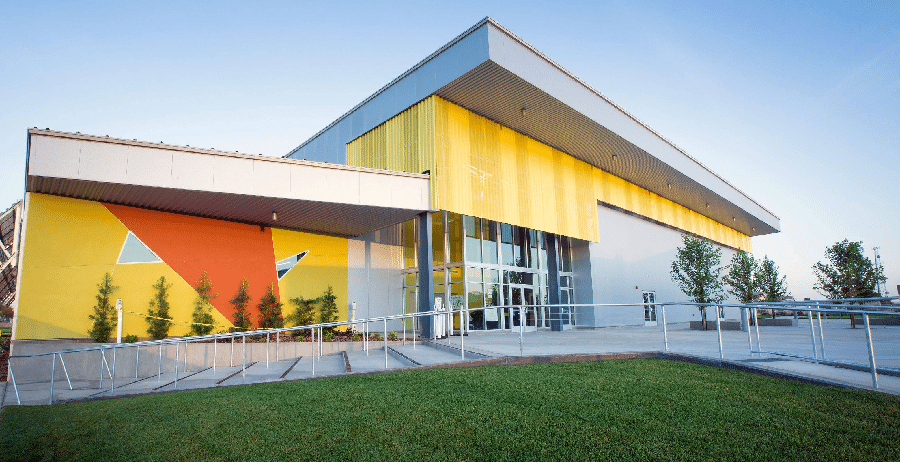Over the past several years, passive ventilation for houses has become a hot topic. Not only is it a way to ensure a healthy home for your family, but it also offers considerable savings.
The savings’ benefits aren’t limited to lower energy costs, they also include lower maintenance costs. Less obvious are the health benefits of living in a “breathable” home.
Let’s look at what “passive ventilation” means.
What’s Passive Ventilation?
Passive ventilation uses non-mechanical processes to automatically draw fresh air into your home and ventilate stale air. Your home becomes more comfortable.
The drive for sustainability and energy efficiency ensures that newly-constructed homes often have passive ventilation systems built-in. These can include various vents, such as:
- Ridge vents;
- Vented battens; and
- Over-fascia vents.
In addition, wall cavity battens ensure ventilation and drainage in wall spaces. Wall ventilation deters mould and provides added insulation.
The Many Benefits Of Environmentally-Friendly Passive Ventilation
The benefits of passive ventilation systems for your home include:
- Comfort and health. Day or night, the air in your home is fresh and breathable;
- Zero maintenance: once installed, annual checks are all that’s required;
- Lower energy costs in both winter and summer;
- Peace of mind. You know that condensation and moisture will be drawn out of roof spaces and wall cavities. This deters damp and mould, as well as insect infestations and rot.
Let’s look at these benefits in more detail.
1. Your Home Is Breathable, Ensuring Year-Round Comfort And Benefiting Your Health
If you’ve ever lived in a home where the air never felt fresh, no matter how many windows you opened, you know the difference good ventilation makes to comfort and health. If family members suffer from allergies or asthma, good ventilation becomes even more important.
In the 1980s, the World Health Organization suggested that some 30% of new homes worldwide suffered from poor air quality. The causes included poor air ventilation systems, as well as the release of chemical gasses from building and furniture materials. In the years since, builders are aware that air quality via passive ventilation systems makes healthier homes.
Fresh, clean air circulation can assist with emotional wellbeing too.
2. Passive House Ventilation Systems Are Maintenance-Free
Long-lasting materials and clever construction mean you receive all the benefits of your system without added costs. An annual inspection will ensure that the air circulation hasn’t been impeded; that’s all that’s required.
3. Lower Energy Costs To Heat And Cool Your Home
No matter where you live, chances are good that you’ll need to cool or heat your home, depending on the season. The Australian government’s Passive Design section on its Your Home website reports that power used for heating and cooling amounts to 40% of the energy use in an Australian home; more in some areas of the country.
Energy costs seem to rise and keep rising. Do you wince when you receive your quarterly power bill?
Hot air rises, so when it’s drawn out of the roof spaces and walls of your home, your air conditioning system doesn’t need to work as hard.
An efficient passive ventilation system can help to decrease your power bills, year-round. Your home’s air quality will improve without effort.
4. Peace Of Mind: No More Worry About Moisture And Condensation In Walls And Roof Spaces
Unsightly moisture and condensation are bad for your home’s structural soundness, as well as your health. These elements lead to an increase in infestations of moulds and fungi.
Many elements work together to eliminate moisture and condensation and efficient passive ventilation is essential.

Paul Petersen is a seasoned home improvement expert and DIY enthusiast with over 20 years of experience in the industry. He began his career as a carpenter, honing his skills in woodworking and structural design. Over the years, Paul expanded his expertise to encompass a wide range of home renovation projects, from kitchen remodels to landscape design.

